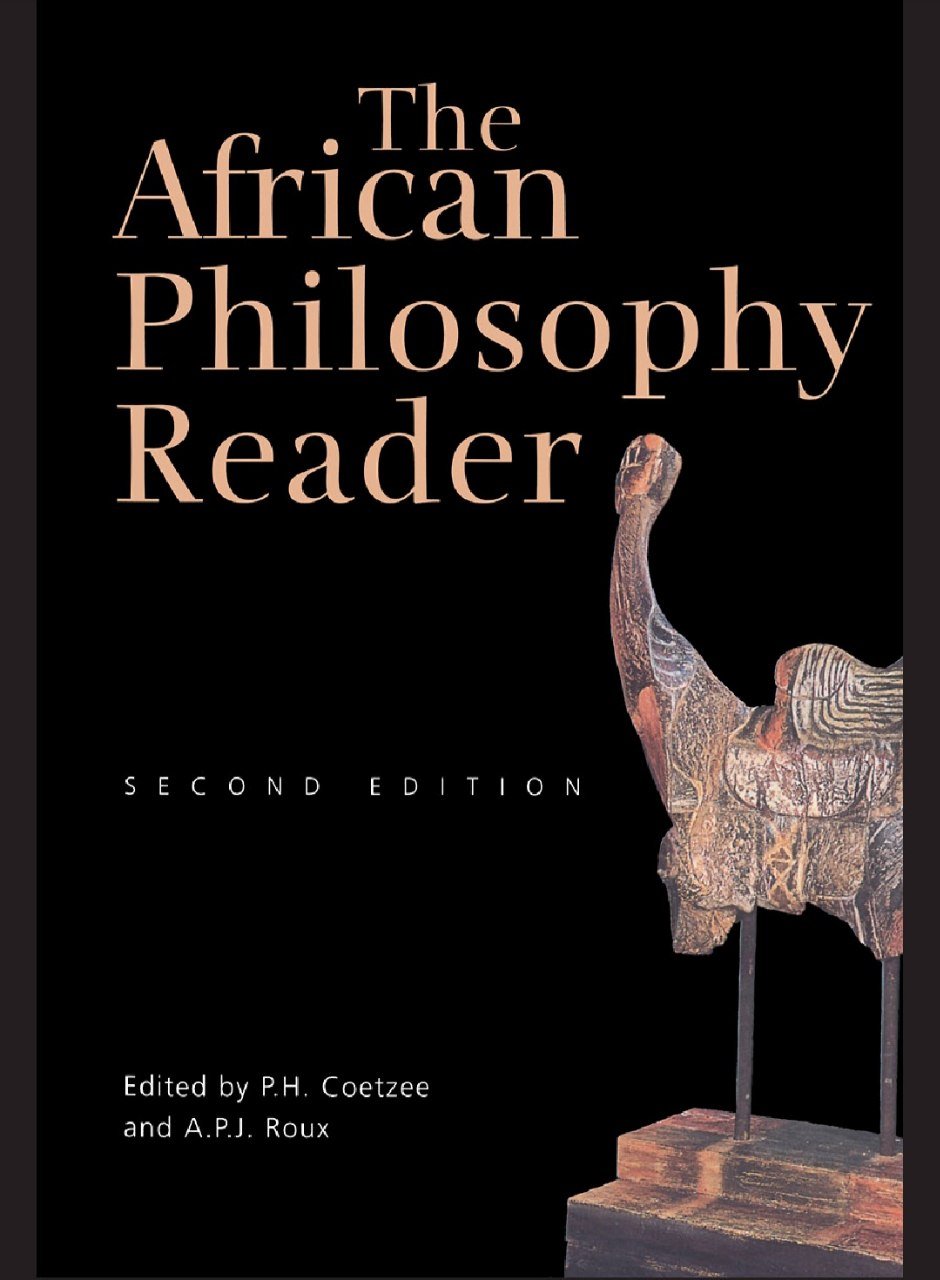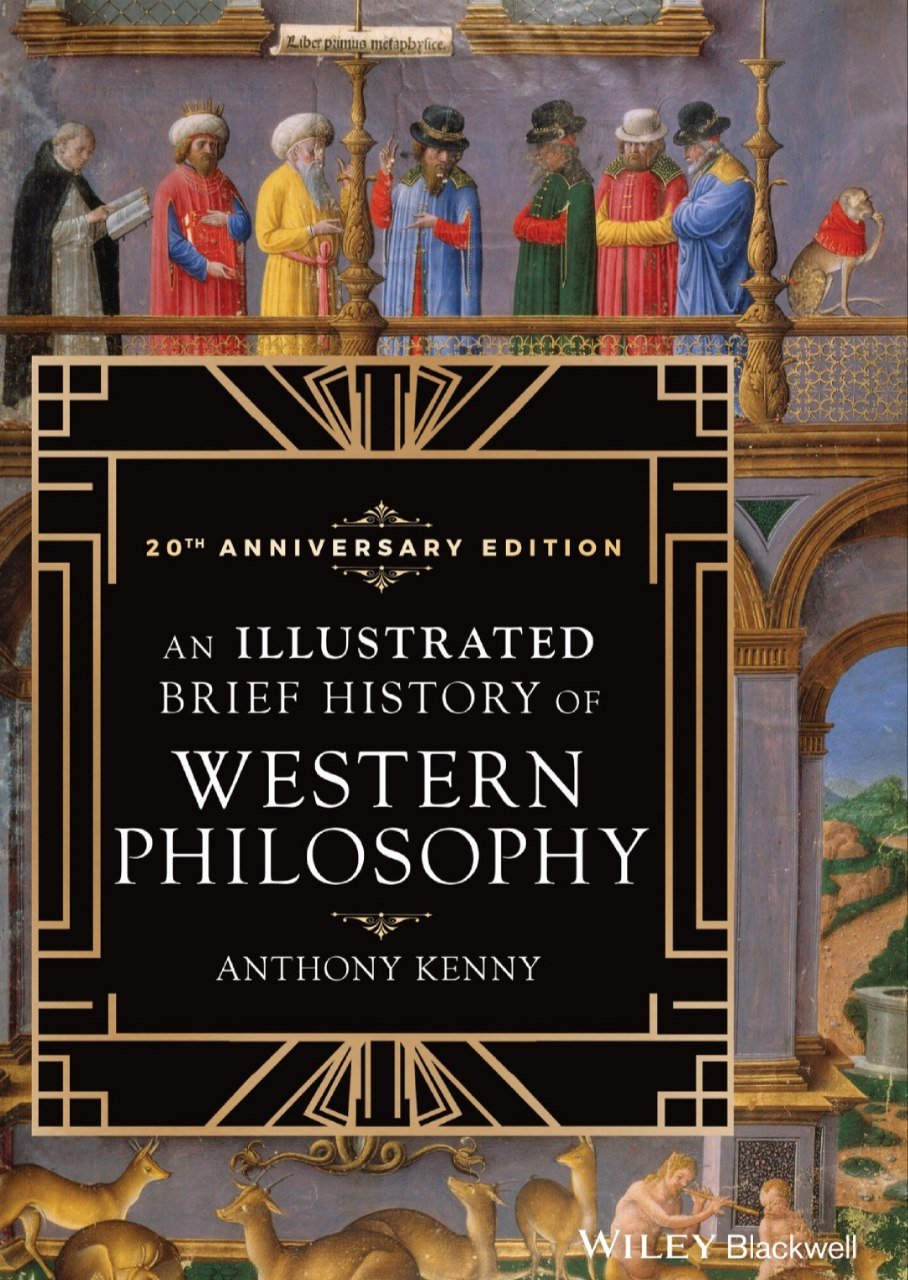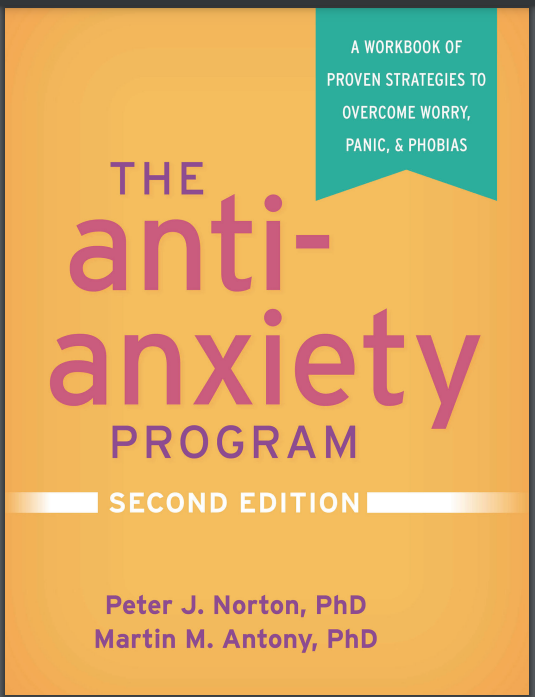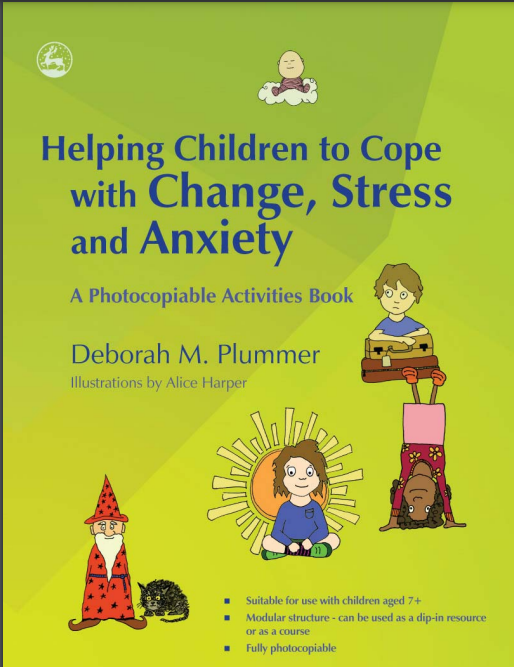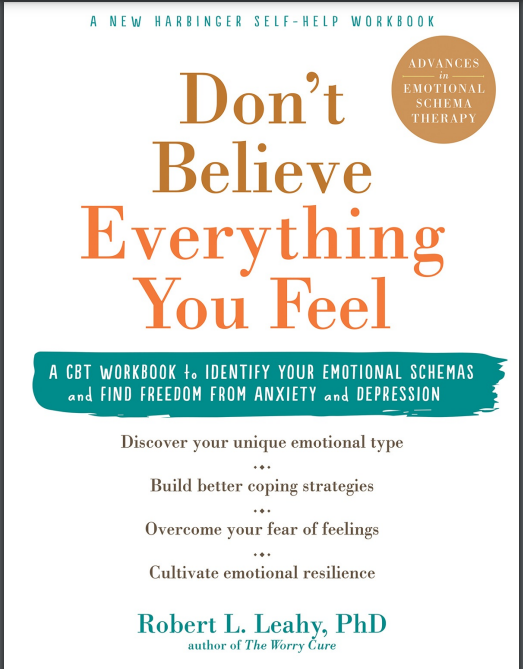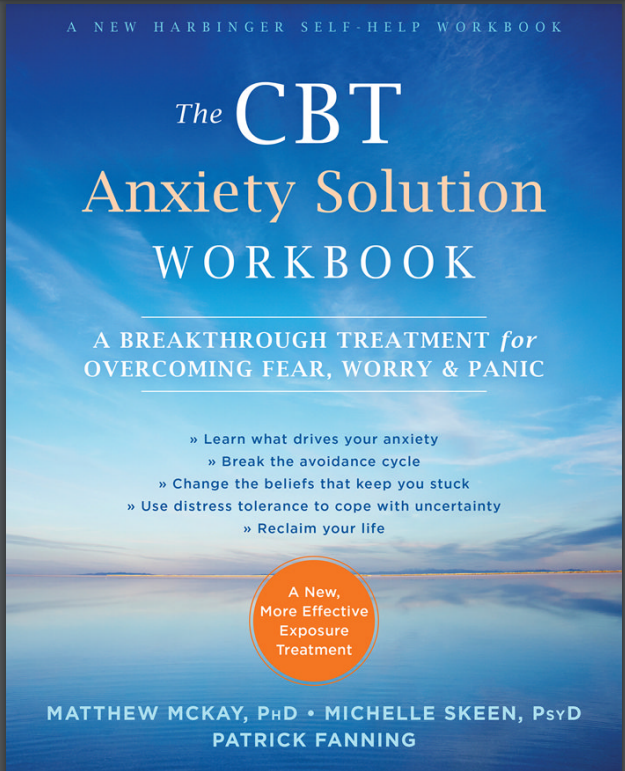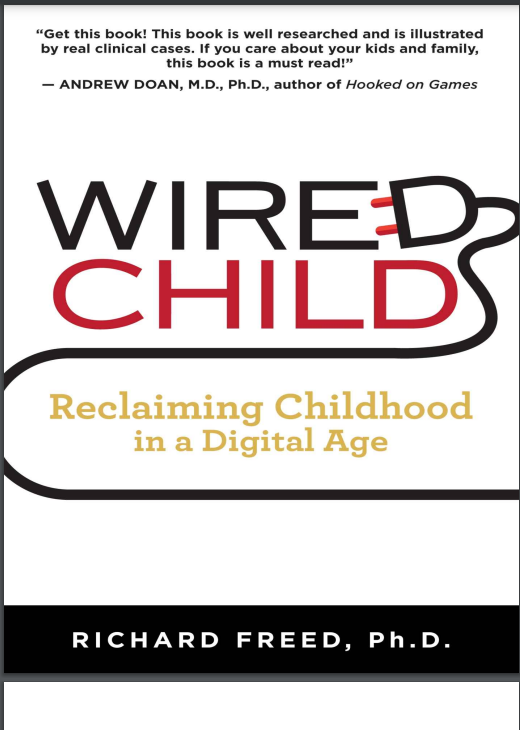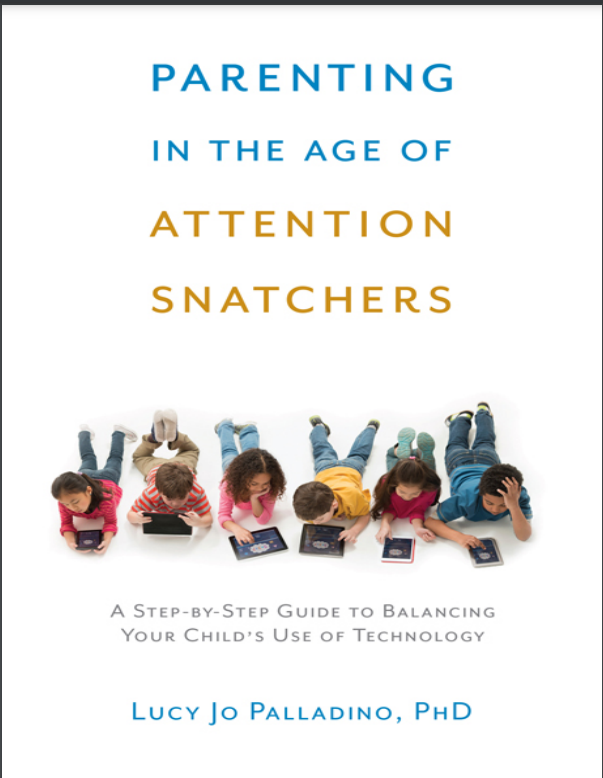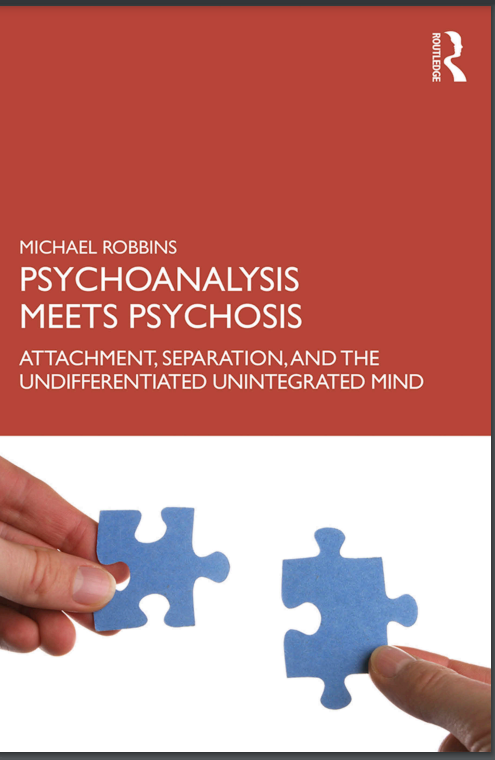

The Seminar of Jacques Lacan, Book XVIII: The Sinthome (1971-1972)
Reviews
No review yet. Be the first to review this book!
Description
The Seminar of Jacques Lacan, Book XVIII: The Sinthome (1971-1972) is a key text in Lacan’s later work, and it marks an important turning point in his development of psychoanalytic theory. In this seminar, Lacan shifts from his previous focus on the structures of the unconscious and the dynamics of desire to a more intricate exploration of the real, language, and psychical structure, particularly through the concept of the sinthome. Overview and Key Concepts: The Sinthome: One of the central ideas in Seminar XVIII is the concept of the sinthome, a term that Lacan coined as a personalized version of the symptom. In Lacanian psychoanalysis, a symptom is something that the subject experiences as a result of their inability to fully integrate desire into the symbolic order. Lacan, however, introduces the sinthome as a more specific structure that shapes a subject's relationship to their own unconscious and their neurosis. The sinthome is something like a unique form of suffering or compulsion that cannot be completely symbolized or explained but must be lived with. Real, Symbolic, Imaginary: In this seminar, Lacan further develops his theory of the three registers: the Real, the Symbolic, and the Imaginary. The sinthome is closely related to the Real, which Lacan defines as that which resists symbolization and cannot be integrated into the symbolic order. The Real is the realm of the unnameable or the unsymbolizable—it is the kernel of subjective experience that cannot be fully captured by language. The Imaginary refers to the realm of images and illusions, while the Symbolic is the order of language and societal structures. The sinthome occupies a unique space in Lacan's theory, offering a new way of thinking about how the subject relates to the traumatic Real. The Role of Joyce: Lacan’s discussion of the sinthome in Seminar XVIII is partly inspired by his readings of James Joyce, the Irish modernist writer. Lacan uses Joyce as a case study for how the sinthome functions in the psyche. He suggests that Joyce, through his work, created a unique form of writing that integrates the Real in a way that could not be captured by traditional language. Joyce’s writing style and his ability to express personal meaning without following conventional language rules were, for Lacan, an example of how the sinthome can be personalized and lived through. The Link Between Neurosis and the Sinthome: Lacan also explores how the sinthome is connected to the experience of neurosis. The sinthome is a way of explaining how the subject manages their psychic pain or structural impasse—it is a mechanism that can both create and perpetuate neurotic symptoms. Unlike traditional psychoanalysis, which might focus on interpreting the unconscious desires or repressed memories of the patient, Lacan suggests that the sinthome operates as a more personalized solution to the subject’s conflict with the Real. The Function of the Sinthome in Psychoanalysis: Lacan proposes that the psychoanalyst must work with the patient’s sinthome, acknowledging its significance in the subject’s life, but also recognizing that it cannot be easily cured or removed. Instead of attempting to eliminate the sinthome, the analyst helps the subject to reconfigure their relationship to it, perhaps by helping them to understand it, express it, or live with it in a more productive or creative way. Language and Symbolization: Lacan argues that the sinthome resists full symbolization, offering a challenge to psychoanalysis and language itself. While the Symbolic order is concerned with signifiers and language, the sinthome is a more personal and individualized experience that might defy conventional symbolic categories. Lacan’s insistence on the sinthome underscores his belief that there are limits to how much the Real can be captured by language, and it reveals the limits of psychoanalytic interpretation. Conclusion: The Seminar of Jacques Lacan, Book XVIII: The Sinthome is a critical text in Lacan's later work. It represents a radical departure from his earlier focus on the unconscious and instead directs attention to the Real and its interplay with the Symbolic and the Imaginary. The introduction of the sinthome provides an innovative way of understanding the ways in which individuals structure their experiences of trauma and neurosis. Lacan’s use of Joyce as a model for the sinthome underscores the creative and unique nature of the subjective experience, and the seminar challenges traditional psychoanalytic techniques by focusing on subjectivity and the limits of language. In summary, Seminar XVIII is foundational in understanding Lacan’s final thoughts on psychoanalysis and the function of language, offering new insights into the psychic structure of the subject and highlighting the limits and difficulties inherent in psychoanalytic practice. It provides a rich theoretical framework that has had a lasting impact on contemporary psychoanalysis, literary theory, and philosophy.


































.jpeg)
.jpeg)



.jpg)









.jpg)








.jpeg)


.jpeg)
.jpg)

.jpg)
.jpg)










.jpg)





.jpg)
.png)





.jpeg)

.jpg)













